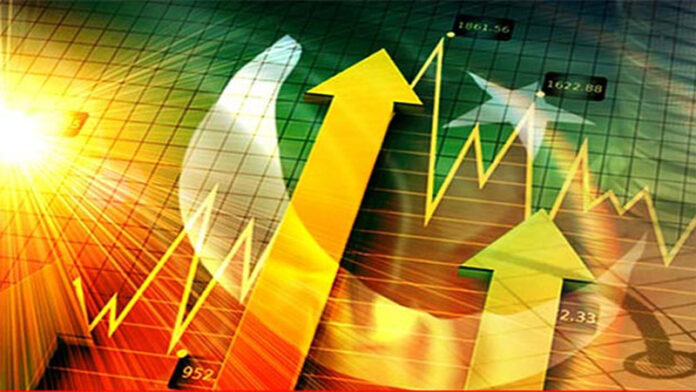LAHORE: Pakistan’s real GDP growth will register at 4.2 per cent in the current fiscal year (FY22), following an expected real GDP outturn of 3.9pc in FY21 as per the Pakistan Bureau of Statistics data, Fitch Solutions forcasted in a report published on September 17.
In FY21, the Pakistan economy proved resilient towards the Covid-19 pandemic, registering real GDP growth of 3.9pc. Growth was driven primarily by private consumption, contributing 6.2pp to headline figures due to base effects and strong remittance flows. Gross fixed capital formation (GFCF) contributed 0.8pp to headline figures supported by accommodative monetary policy. Meanwhile, government consumption contribution to GDP fell compared to 2020, adding 0.5pp to overall growth, compared with 0.8pp the previous year due to reduced financial support to the economy. Finally, net exports subtracted 2.7pp from the headline growth figure, dragged by a rebound in imports given stronger domestic demand and higher oil prices, the report stated.
It said that the forecast for private consumption is expected to grow by 3.6pc in FY22 compared to 3.4pc previously, adding that the country’s consumer confidence rose in July, coming in at 44.1, its highest reading since September 2019.
Similarly, the forecast for GFCF growth is 8.0pc in FY22. GFCF will be driven by improving domestic and external demand outlooks alongside supportive monetary and fiscal conditions. The country’s business confidence survey by the State Bank of Pakistan (SBP) recorded its highest ever levels since its inception. According to the SBP estimates, TERF loan disbursements are expected to increase by 67pc this fiscal year.
According to Pakistan’s FY22 fiscal budget, allocations to the Public Sector Development Programme surged by 61.3pc compared with the budgeted amount in the previous fiscal year, coming in at Rs2.1trn. These include infrastructure projects such as the construction of the Diamer-Bhasha Dam, the Hyderabad-Sukkur motorway and the upgrade of Pakistan Railways existing Main Line-1, among others. Forecast for government consumption growth is registered at 4.3pc in FY22.
According to the World Bank, the poverty ratio in Pakistan will remain similar in FY22 compared to FY21 (39.2pc vs 39.3pc respectively). Additionally, government consumption will also be boosted by subsidies to the power sector, to ameliorate the country’s circular debt. Lastly, the net exports are expected to subtract 1.0pp from headline growth. This comes as we expect imports to rebound more strongly than exports.
Furthermore, imports will be supported by increased demand for vaccines with the government recently committing $1.1bn to procure Covid-19 vaccines. Additionally, the improving economic outlook will likely see a rebound in consumer spending and increased demand for capital goods. Finally, with petroleum products accounting for approximately 18.0pc of total imports value in FY21, elevated fuel prices will further increase Pakistan’s imports bill. Brent crude oil prices are forecasted to average $72.00 per barrel (/bbl) in 2021 and $69.00/bbl in 2022 from $43.20/bbl in 2020.
Pakistan’s export growth is expected to come in at 6.0pc. Export growth will be bolstered by robust external demand amid recoveries among Pakistan trading partners such as the US, China and the United Kingdom.
Nevertheless, supply-chain disruptions due to the pandemic and rising shipping costs will slightly crimp the country’s export outlook amid disruptions in production schedules.




